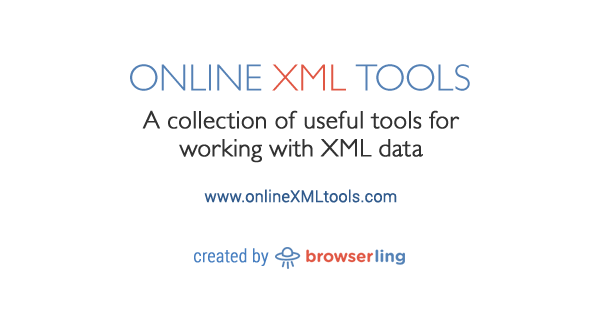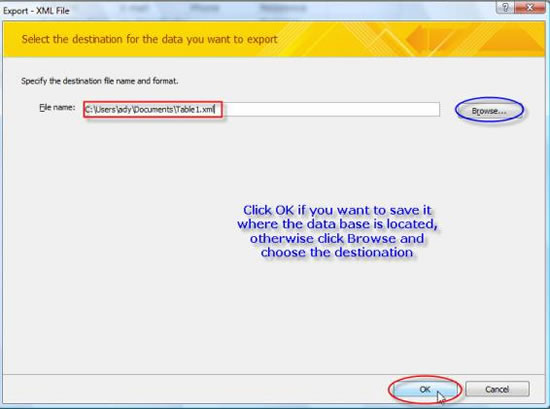

It can be one of the formats reported in Table 1.Įach manuscript contains several elements (metadata), such as authors’ names, title, keywords, and other information. The argument format indicates the export file format. “cochrane” (for Cochrane Library database of systematic reviews). “dimensions” (for DS Dimensions database) “isi” or “wos” (for Clarivate Analytics Web of Science database), The argument dbsource indicates from which database the collection has been downloaded. file <- c(“file1.txt”, “file2.txt”, …)Ĭonvert2df creates a bibliographic data frame with cases corresponding to manuscripts and variables to Field Tag in the original export file.Ĭonvert2df accepts two additional arguments: dbsource and format. file can also contain the name of a JSON/XML object downloaded by Digital Science Dimensions or PubMed APIs (through the packages dimensionsR and pubmedR.Įs. The argument file is a character vector containing the export file names.
Db to xml converter online how to#
Here, we briefly show how to import and convert data from each bibliographic database.Īn export file can be read and converted using the function convert2df: **convert2df**(*file*, *dbsource*, *format*) Type of metadata for each file format SourceĪs already stated, bibliometrix works with several data formats coming from different sources. In Table 3, we show what kind of analyzes can be performed taking into account the metadata set that each database can export. Some other databases, such as Dimensions, PubMed and Cochrane Library, export just a limited set of metadata types which implies some limitations in the choice of the analyses to carry out. This means that it will be possible to perform all analyses implemented in bibliometrix. Web of Science and Scopus allow the user to export the complete set of metadata.

Db to xml converter online download#
The field1, field2, and field3 elements appear 3 times each, but not under a single parent node (they each occur once per parent "record" node.Bibliometrix can import bibliographic database files and references manager files, or can download data through APIs.īibliometrix supports bibliographic database files from Web of Science, Scopus, Dimensions, The Lens, PubMed, and Cochrane Library.The root and firstchild elements each appear once.The record element is auto-detected because it occurs 3 times under a single parent node.If no element occurs more than once, then the default is simply to select the 1st child of the root. The element that occurs the highest number of times under a single parent node is the element that is parsed. Ignore XML Errors and Continue: Ignore any errors that are produced by the XML and continue parsing.The tags are included around the values in the data table. This creates an additional field for each parsed field with the suffix _OuterXML. Return Outer XML: Check to return the outer XML tags.Return Child Values: Check to return the 1st set of child values.

Specific Child Name: Enter the name of the child element to parse out.Auto Detect Child: Parse out the element that is a child to the element in the input data-an alternative to specifying which element of the XML to parse.Use Include in Output (checked by default) to determine whether or not to pass the parsed field downstream when the workflow runs.Select from the string fields included in your input. Select the Field with XML Data that you want to parse.

If the XML contains namespaces like w:document, the namespace is stripped in the output and w:document is returned.


 0 kommentar(er)
0 kommentar(er)
